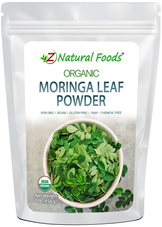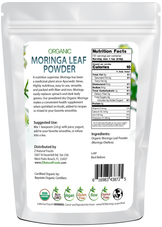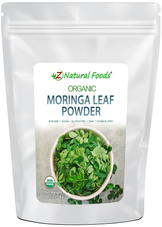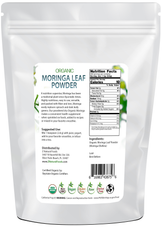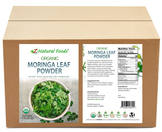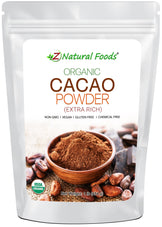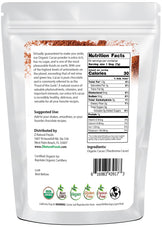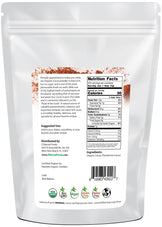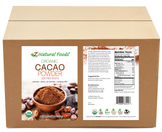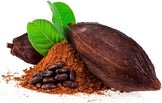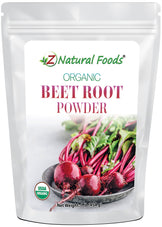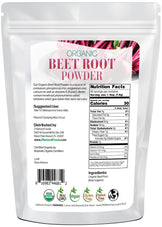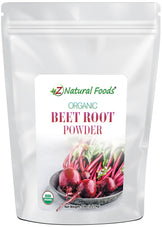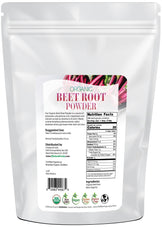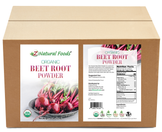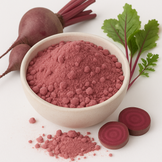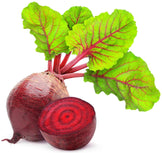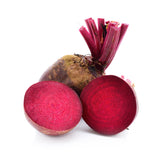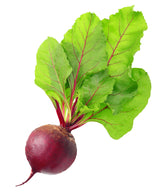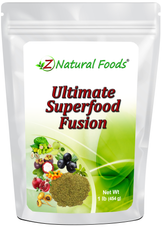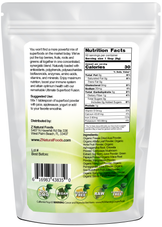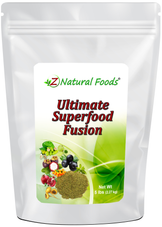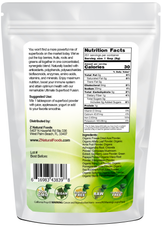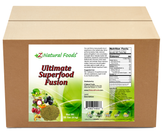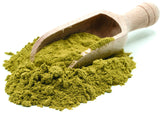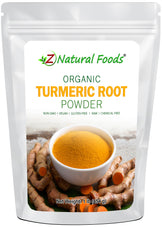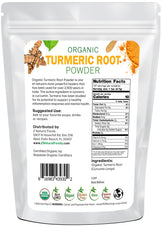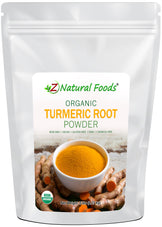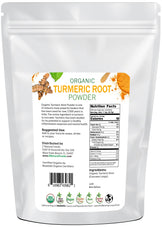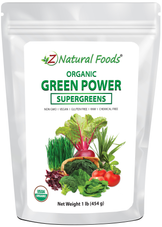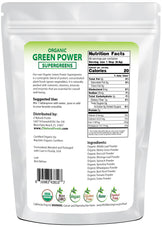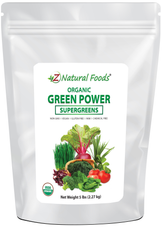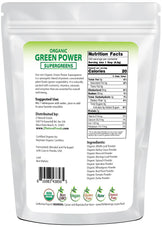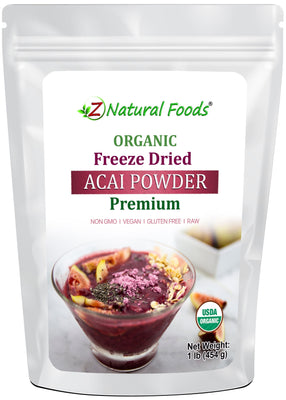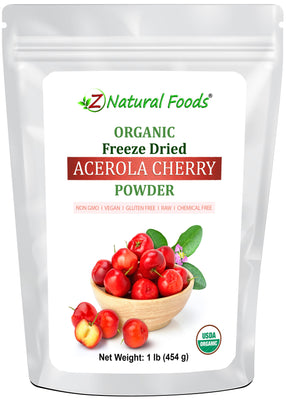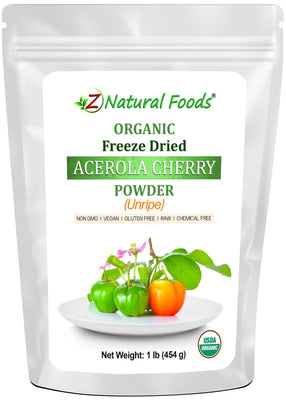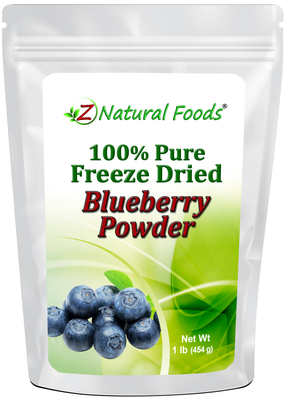About Product
Purple Aronia (Purple Chokeberry) is a shrub native to North America, valued both for its ornamental beauty and its edible berries. The vibrant purple fruit is commonly used in juices, jams, jellies, wines, and other culinary creations. Aronia is also appreciated in landscaping for its striking appearance and ability to thrive in moist, acidic soils with full sun or partial shade.
Some research suggests that Aronia Berries may contain the following constituents:
- Minerals: Magnesium, Zinc, Copper, Manganese
- Vitamins: Vitamin C, Folate, Beta & Alpha-carotene, Vitamin A (IU), Vitamin E, Vitamin K
- Amino Acids: Tryptophan, Threonine, Isoleucine, Leucine,. Lysine, Methionine, Cystine, Phenylalanine, Tyrosine, Valine, Arginine, Histidine, Alanine, Aspartic Acid, Glutamic Acid, Proline, Serine
- Anthocyanidins: Petunidin, Delphinidin, Malvidin, Peonidin, Cyanidin-3-galactoside, Quercetin
- Phytochemicals: Tannic acid, Quinic acid, Phenolic acids, Catechins,
- Flavonoids: Resveratrol, Hesperidin and Rutin.
This product is 100% natural and minimally processed:
Taste, smell, texture, and color may vary from batch to batch. You will see the color range from a dark reddish to a dark brown color.
Suggested Use: Mix 1 tablespoon with juice, yogurt, or add to your favorite smoothie.
Mixing suggestions: To increase flavor and nutritional profile, combine with our black currant juice powder.
Miscellaneous facts about our Organic Freeze Dried Aronia Powder
Ingredients: Organic Aronia Berries.
Parts Used: Aronia fruit.
Botanical Name: Aronia Prunifolia.
Other Names: Purple Fruited Chokeberry.
Origin: Grown in Poland. Packaged with care in Florida, USA.
How to Maintain Optimum Freshness
- This product is packaged in airtight stand-up, resealable foil pouches for optimum freshness.
- Once opened, push the air out of the pouch before resealing it to preserve maximum potency.
- Keep your powder in a cool, dark, dry place.
This product is 100% natural and minimally processed:
Taste, smell, texture, and color vary from batch to batch. Go here to learn why our products may naturally vary.
The important protections we take to bring you safe and nutritious superfoods:
Please go here to discover the essential steps we take to deliver fresh, quality nutrition.
Bulk Quantities?
Need to order a large quantity of our products? We are happy to help! Please get in touch with our Bulk department to discuss the details.
* Product packaging, pictures, and origin may vary.
Sources & References
1. USDA. (2020). "Phytochemical Profile of Aronia Berry."
2. WHO. (2021). "Antioxidant Properties of Aronia Berry."
3. NIH. (2019). "Phytochemicals and Aging."
4. Harvard Medical School Clinical Research Programs. (2020). "Antioxidants and Immune Response."
5. Mayo Clinic Research Information Center. (2018). "Anthocyanins and Cellular Health."
6. Eastern Herbalism Principles. (2021). "Aronia Berry in Eastern Herbalism."
7. Scientific Research in the former Soviet Union. (2020). "Aronia Berry and Antioxidant Benefits."
8. FDA. (2021). "Regulatory Guidelines on Aronia Berry."
9. Ayurvedic Medicine from India. (2020). "Aronia Berry in Ayurvedic Medicine."
10. Robertson, K. R., J. B. Phipps, J. R. Rohrer, and P. G. Smith. 1991. A synopsis of genera in Maloideae (Rosaceae). Systematic Botany 16:376""“394.
11. Kalkman, C. 2004. Rosaceae. In The families and genera of vascular plants. Edited by K. Kubitzki. Springer, Berlin. pp. 343""“386, isbn=3-540-06512-1. in Google books, page 377
12. Alan S. Weakley (April 2008). ""Flora of the Carolinas, Virginia, and Georgia, and Surrounding Areas"".
13. Campbell C. S., R. C. Evans, D. R. Morgan, T. A. Dickinson, and M. P. Arsenault (2007). ""Phylogeny of subtribe Pyrinae (formerly the Maloideae, Rosaceae): Limited resolution of a complex evolutionary history"". Pl. Syst. Evol. 266: 119""“145. doi:10.1007/s00606-007-0545-y.
14. James W. Hardin ((May - Jun., 1973)). ""The Enigmatic Chokeberries (Aronia, Rosaceae)"". Bulletin of the Torrey Botanical Club 100 (3): 178""“184. doi:10.2307/2484630. JSTOR 2484630.
15. Steven A. McKay (March 17, 2004). ""Demand increasing for aronia and elderberry in North America"". New York Berry News 3 (11).
16. Wu, X., Gu, L., Prior, R. L., & McKay, S. (2004). Characterization of anthocyanins and proanthocyanidins in some cultivars of Ribes, Aronia and Sambucus and their antioxidant capacity. J Agric Food Chem. 52 (26): 7846-7856.
17. Wu, X., Beecher, G. R., Holden, J. M., Haytowitz, D. B., Gebhardt, S. E., & Prior, R. L. (2006). Concentrations of anthocyanins in common foods in the United States and estimation of normal consumption. J Agric Food Chem. 54 (1): 4069""“4075.
18. Simon PW. Plant pigments for color and nutrition, United States Department of Agriculture, University of Wisconsin, 1996
19. Gross, P (2009). ""New Roles for Polyphenols. A 3-Part report on Current Regulations & the State of Science"". Nutraceuticals World. Rodman Media. Retrieved April 11, 2013.
20. Kim, B.; Ku, C. S.; Pham, T. X.; Park, Y.; Martin, D. A.; Xie, L.; Taheri, R.; Lee, J. et al. (2013). ""Aronia melanocarpa (chokeberry) polyphenol""“rich extract improves antioxidant function and reduces total plasma cholesterol in apolipoprotein E knockout mice"". Nutrition Research 33 (5): 406""“413. doi:10.1016/j.nutres.2013.03.001. PMID 23684442. |displayauthors= suggested (help) edit
21. Lala, G., Malik, M., Zhao, C., He, J., Kwon, Y., Giusti, M. M., & Magnuson, B. A. (2006). Anthocyanin-rich extracts inhibit multiple biomarkers of colon cancer in rats. Nutr. Cancer 54 (1): 84-93
22. Bell, D. R., & Gochenaur, K. (2006). Direct vasoactive and vasoprotective properties of anthocyanin-rich extracts. J Appl Physiol. 100 (4): 1164-70.
23. Han, G.-L., Li, C.-M., Mazza, G., & Yang, X.-G. (2005). Effect of anthocyanin rich fruit extract on PGE2 produced by endothelial cells. Wei Sheng Yan Jiu. 34 (5): 581-4.
24. Valcheva-Kuzmanova, S., Marazova, K., Krasnaliev, I., Galunska, B., Borisova, P., & Belcheva, A. (2005). Effect of Aronia melanocarpa fruit juice on indomethacin-induced gastric mucosal damage and oxidative stress in rats. Exp Toxicol Pathol. 56 (6): 385-92.
25. Ohgami, K., Ilieva, I., Shiratori, K., Koyama, Y., Jin, X.-H., Yoshida, K., Kase, S., Kitaichi, N., Suzuki, Y., Tanaka, T., & Ohno, S. (2005). Anti-inflammatory effects of aronia extract on rat endotoxin-induced uveitis. Invest Ophthalmol Vis Sci. 46 (1): 275-81.
26. Valcheva-Kuzmanova, S., Borisova, P., Galunska, B., Krasnaliev, I., & Belcheva, A. (2004). Hepatoprotective effect of the natural fruit juice from Aronia melanocarpa on carbon tetrachloride-induced acute liver damage in rats. Exp Toxicol Pathol. 56 (3): 195-201.
27. http://www.herbs2000.com/herbs/herbs_black_chokeberry.htm
28. Potter, D., et al. (2007). Phylogeny and classification of Rosaceae. Plant Systematics and Evolution. 266(1""“2): 5""“43. [Referring to the subfamily by the name ""Spiraeoideae""]
29. ""Photinia melanocarpa (Michx.) K.R. Robertson & Phipps"". USDA PLANTS.
30. ""Photinia floribunda"". USDA PLANTS.
31. Voss, E.G. 1985. Michigan Flora: A guide to the identification and occurrence of the native and naturalized seed-plants of the state. Part II: Dicots (Saururaceae""“Cornaceae). Cranbrook Institute of Science and University of Michigan Herbarium, Ann Arbor, Michigan, U.S.A.
32. Mark Brand (2010). ""Aronia: Native Shrubs With Untapped Potential"". Arnoldia 67 (3): 14""“25.
33. ""USDA GRIN Taxonomy, distribution entry for Aronia × prunifolia"".
34. Everhart, Eldon (March 4, 2009). ""Aronia - A New Crop for Iowa"". Retrieved May 24, 2013.
35. ""Prunus virginiana L. var. melanocarpa (A. Nelson) Sarg.: black chokecherry"". United States Department of Agriculture.
36. http://www.laspilitas.com/plants/545.htm
* Reviews & Success Stories Disclaimer
Product reviews solely reflect the views and opinions expressed by the contributors and not those of Z Natural Foods. Z Natural Foods does not verify or endorse any claims made in these reviews. Statements have not been evaluated by the FDA and are not intended to diagnose, treat, cure, or prevent any disease or health condition.REFERRAL PROGRAM
Share your personal link to your friends and welcome them with rewards. Claim yours when they make their first purchase.

GIVE
$10 off discount

GET
$10 off discount

























